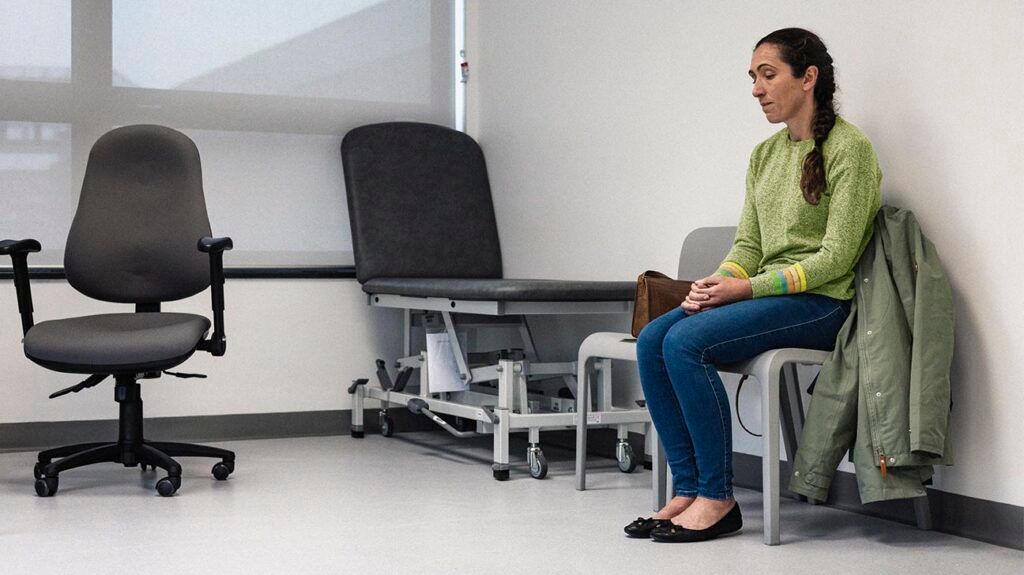Bacterial vaginosis (BV) and vaginal yeast infections can both cause pain and discomfort, difficulty urinating, and itching. Other symptoms, such as vaginal discharge, may differ. Treatment will depend on which infection a person has.
A yeast infection and BV are both infections that cause vaginitis.
Vaginitis is the medical term for inflammation of the vagina. It can lead to uncomfortable symptoms, including:
- itching
- pain
- burning
- changes in vaginal discharge
- a foul-smelling odor
Below, we describe the differences between BV and a yeast infection. In particular, we explore the symptoms of both issues and the steps a person can take to prevent them.

BV and yeast infections have different causes and risk factors, but both cause inflammation of the vagina — vaginitis. In fact, these infections are two of the most common causes of vaginitis.
When a doctor diagnoses a cause of vaginitis, the cause is:
- BV in around 40–50% of cases
- a yeast infection in 20–25% of cases
- trichomoniasis in 15–20% of cases
- not an infection in the remaining 5–10% of cases
It can sometimes be hard to tell whether a person has BV or a yeast infection, but there are some characteristic signs.
The table below summarizes similarities and differences in the symptoms of BV and a yeast infection:
| Bacterial vaginosis | Yeast infection |
| thin, gray or white vaginal discharge, which may be more noticeable after sex | thick, white discharge with the consistency of cottage cheese |
| a foul-smelling, “fishy” odor | no vaginal odor |
| discomfort | pain or discomfort |
| a burning sensation when urinating | a burning sensation during intercourse or when urinating |
| vaginal itching | vaginal itching |
| no redness or inflammation of the vulva, the external part of the vagina | redness and inflammation of the vulva |
BV causes
“Vaginal flora” collectively refers to the bacteria that live in the vagina.
Usually,
Certain activities can disrupt the natural balance of the microorganisms in the vagina, and this disruption leads to BV.
Risk factors for BV include:
- vaginal douching
- smoking
- having new or multiple sexual partners
- having sex without a condom or another barrier method
- a natural lack of Lactobacillus bacteria
Yeast infection causes
Bacteria do not cause vaginal yeast infections. Instead, the cause is
This fungus can be naturally present in the vaginal area, but Lactobacillus bacteria usually restrict the growth of Candida.
However, in some situations, Candida multiplies unchecked, leading to a yeast infection.
Risk factors for a yeast infection include:
- using hormonal contraceptives, such as birth control pills
- being pregnant
- having recently taken antibiotics
- having a weakened immune system
- living with diabetes
To determine whether a vaginal infection is BV or a yeast infection, a doctor may:
- Ask about the person’s medical history, including previous vaginal infections, which may have been sexually transmitted.
- Perform an examinationto look for signs of infection and vaginal discharge.
- Take a sample of the discharge for analysis, to see whether an overgrowth of harmful bacteria or fungi is present.
- Test the pH of the vagina, as a pH of 4.5 or above can indicate BV.
Around
The treatments for BV and a yeast infection are different. Also, the right course of treatment can depend on the severity of the infection.
BV treatment
To treat BV, a doctor
- Metronidazole (Flagyl). This is available as a pill or a vaginal gel.
- Clindamycin (Cleocin). This is a cream that a person inserts into their vagina.
- Tinidazole (Tindamax). This comes in pill form.
Yeast infection treatment
If a person experiences mild to moderate symptoms of a yeast infection, a doctor may recommend one of the following antifungal medications:
- Miconazole (Monistat) or terconazole (Terazol). Both can be pills, creams, ointments, or suppositories — available over the counter or by prescription.
- Fluconazole (Diflucan). This is a prescription, single-dose oral medication.
If a person has a severe yeast infection, a doctor may recommend taking a long course of antifungal medication, involving multiple doses.
Some strains of Candida are resistant to conventional medications. When one of these strains is causing the infection, the doctor will recommend special antifungal treatments.
It is not always possible to prevent BV or a yeast infection. However,
- Not douching. Douching can upset the natural balance of organisms in the vagina, increasing the risk of infection.
- Wiping from front to back. Wiping from front to back after using the bathroom helps prevent harmful bacteria from entering the vagina.
- Wearing cotton underwear. Cotton allows air to flow to the vagina and keeps moisture from collecting and creating an environment in which yeast thrives.
- Avoiding hot baths and hot tubs. Instead, a person could soak in a warm bath or take a shower.
- Drying thoroughly after washing. Rubbing the genitals can cause or worsen irritation, so a person should gently pat the area dry instead.
- Staying away from irritants. Avoiding harsh or scented soap products can help prevent or ease irritation.
BV and a yeast infection can cause similar symptoms, though there are telltale differences.
Different issues cause the two infections, so they require different treatments.
BV results from an overgrowth of harmful bacteria in the vagina, while an overgrowth of Candida fungus causes a yeast infection.
Both infections cause changes in vaginal discharge. BV causes thin discharge with a fishy odor, while a yeast infection causes discharge that is thick and odorless.
Doctors typically recommend antibiotic medications to treat BV and antifungal medications to treat yeast infections. Also, over-the-counter tablets, creams, ointments, and suppositories are available to treat mild to moderate yeast infections.
